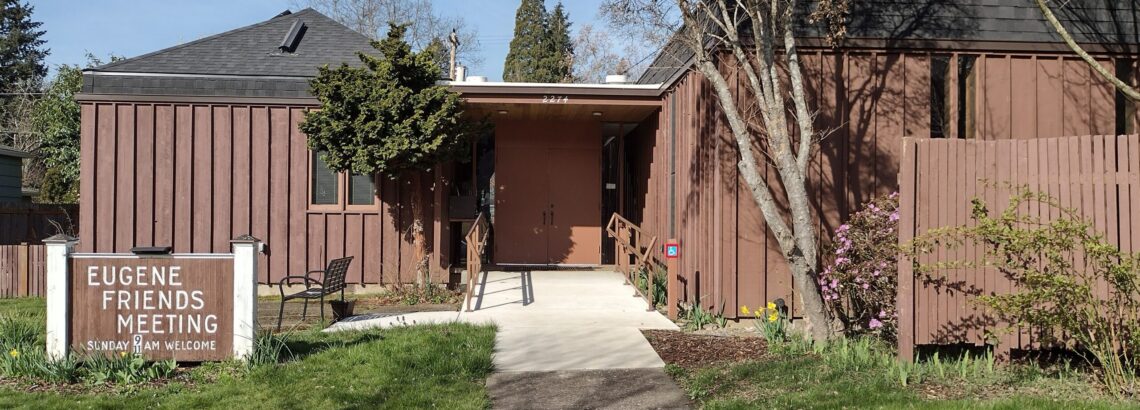
When it comes to reversing climate change, trees are a big deal. Globally, forests absorb nearly 16 billion metric tons of carbon dioxide per year, and hold it in their branches, leaves, roots, and soils. This makes them a valuable global carbon sink, and makes preserving and maintaining healthy forests a vital strategy in combating climate change.
Forests each absorb and store carbon in different ways, and the threats facing each are complex. (See the Woodwell Climate Research Center for a good analysis of how the world’s different forests help keep the world cool, and how we can help keep them standing.)
The temperate rainforests of the Northwestern United States, Chile, Australia, and New Zealand contain some of the largest and oldest trees in the world. Two thirds of the total carbon sink in temperate forests can be attributed to the annual increase in “live biomass”, or the yearly growth of living trees within the forest. This makes the protection of mature and old-growth trees in temperate forests paramount, since older forests add more carbon per year than younger ones and have much larger carbon stocks.
Timber harvesting is the most significant risk to the carbon stocks in temperate forests. Fire and insects are also significant threats to temperate forests, particularly in areas of low rainfall or periodic drought, as in Southern and Eastern Oregon.
This year, as the US Forest Service reviews forest plans nation wide, we need to look carefully at what they plan to do to protect against further climate change. The national Forest Service has already issued their draft environmental analysis in June, which outlines ways national forests should prioritize preserving old-growth trees; it falls short of an outright ban on logging old-growth and mature forests, which has activist groups worried.
(The Forest Service is still writing the draft environmental impact statement for the Northwest Forest Plan, which we might see by the end of August, and will then go out for a 90-day comment period.)
The Climate Forests Campaign is a national coalition of more than 120 organizations working to protect mature and old-growth trees and forests on federal land. They say:
“The U.S. Forest service claims that mature and old-growth trees and forests are no longer being logged on national forest lands, but this is simply not true. Numerous mature and old-growth logging projects are removing some of our best natural climate solutions from the landscape. We need a new nation rule NOW to ensure these climate forests remain standing to safeguard our future.”
To back up this claim, they have maps for Forest Service projects and BLM projects that threaten old growth and mature forests.
The Forest Service claims that a sweeping ban on logging old-growth would make it harder to thin forests to protect communities against wildfires. Forest Service Deputy Chief Chris French said “To ensure the longevity of old-growth forests, we’re going to have to take proactive management to protect against wildfire and insects and disease”.
Portland-based attorney Susan Jane Brown, who is on the Federal Advisory Committee for the Northwest Forest Plan, says that thinning forests — often called “proactive management” — can mean different things to different people. For some forests, logging small-diameter trees ahead of prescribed burns is necessary, a consensus reached by many tribes and scientists. “But you can take it too far. That’s where some of the concern arises, is how much is enough and how much is too much. And in many places, that is in the eye of the beholder.”
The national proposal doesn’t address whether some forests should be left alone without any thinning. Brown considers that a shortfall, particularly for moist forests west of the Cascades. “Letting those forests continue to age and get older and more decadent – That’s what the wildlife need them to do.”
So what can we do to help?
- Keep a close watch on the Forest Service plans, both the national policy and the Northwest Forest Plan, as they evolve. You can sign up for the Northwest Forest Plan Amendment Newsletter here.
- Send a letter through the Climate Forests Campaign coalition to the national Forest Service to encourage strong protections for mature and old-growth forests on federal land.
- Learn more about specific forests that need saving: Download the America’s Vanishing Climate Forests Report and the Worth More Standing Report (July, 2022)


